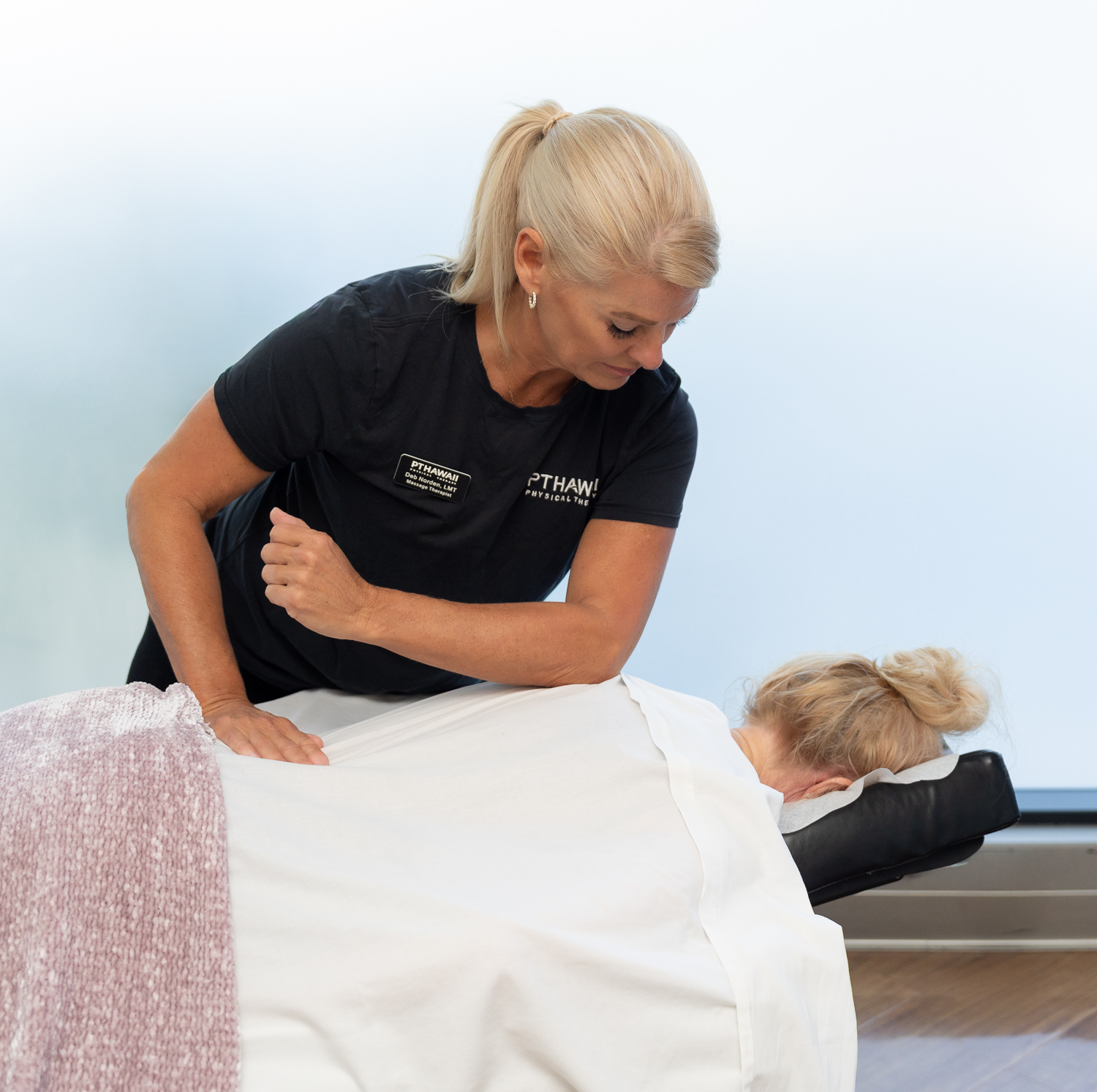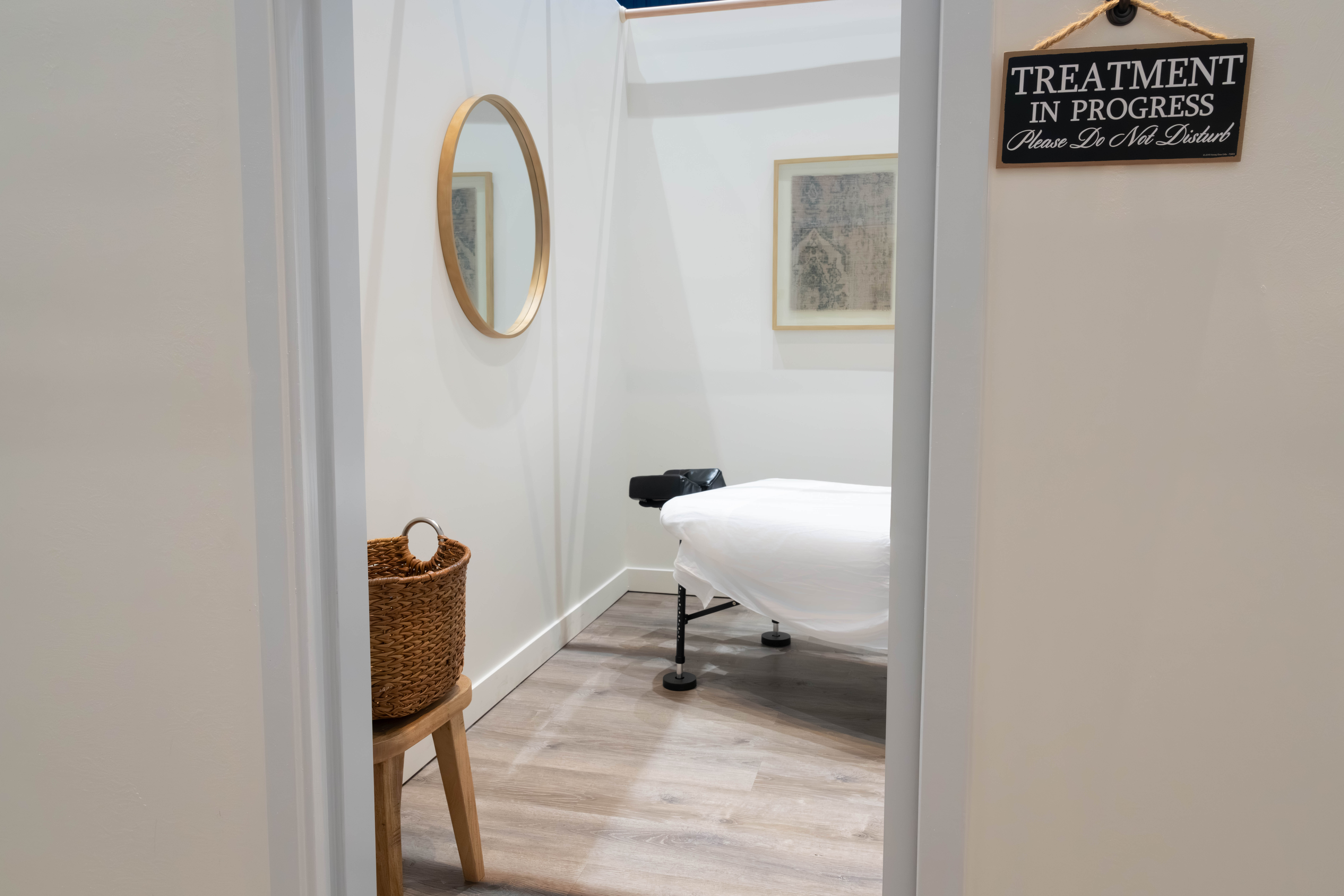Massage Therapy
PT Hawaii’s Medical Massage Therapy relieves tension, pain, and stiffness while improving circulation, flexibility, and tissue health. Using targeted techniques, therapists reduce muscle spasms, ease inflammation, and restore mobility. Beyond physical benefits, massage promotes relaxation, reduces anxiety, and supports overall recovery and well-being.

Massage Therapy
Medical massage therapy is an effective treatment designed to relieve muscle tension, spasms, inflammation, fluid retention, aches, stiffness, and pain. It’s a versatile solution for improving circulation (both blood and lymph), flexibility, range of motion, and tissue elasticity, particularly in cases of scar tissue.
What Is Medical Massage?
Unlike a general relaxation massage, medical massage focuses on treating specific musculoskeletal issues. Our licensed massage therapists apply clinical techniques such as effleurage (stroking), kneading, and deep tissue work to stimulate healing at the cellular level.
This approach makes medical massage ideal for patients recovering from injury, surgery, repetitive strain, or chronic pain conditions.
Benefits of Medical Massage Therapy
Our patients experience a wide range of benefits, including:
- Chronic Pain Relief: Reduces tension, spasms, and soreness in muscles and soft tissues.
- Improved Circulation: Enhances blood and lymphatic flow to speed healing and reduce inflammation.
- Greater Flexibility & Range of Motion: Loosens tight muscles and increases joint mobility.
- Scar Tissue Breakdown: Improves tissue elasticity by softening and mobilizing scar tissue.
- Stress & Anxiety Reduction: Promotes full-body relaxation and mental clarity.
Why Choose a Licensed Medical Massage Therapist?
To get the full benefit of medical massage, it’s essential to work with a certified massage therapist trained in anatomy, physiology, and clinical massage techniques. At PT Hawaii, our team combines expert knowledge with a compassionate, hands-on approach tailored to your unique needs.
Patient voices
Authentic stories of healing, strength, and transformation through dedicated physical therapy.
Get Started with Healing
Take the first step towards recovery today!






